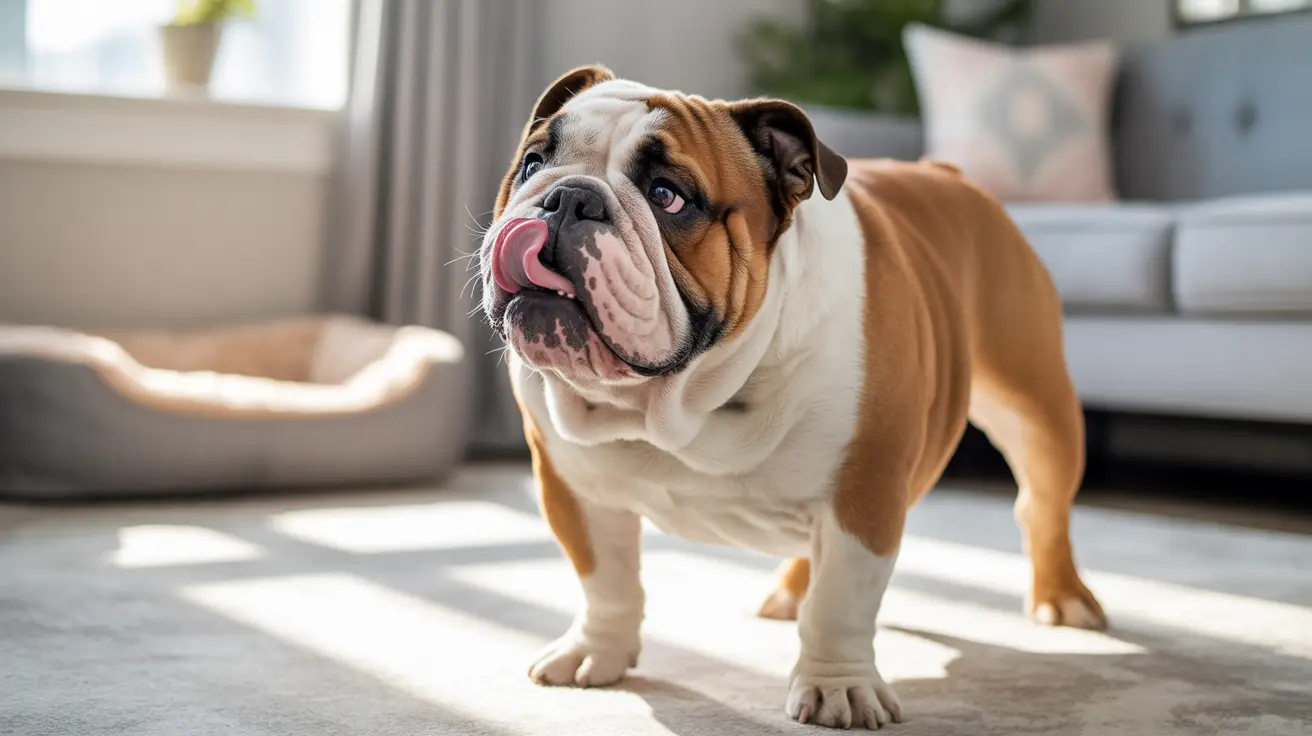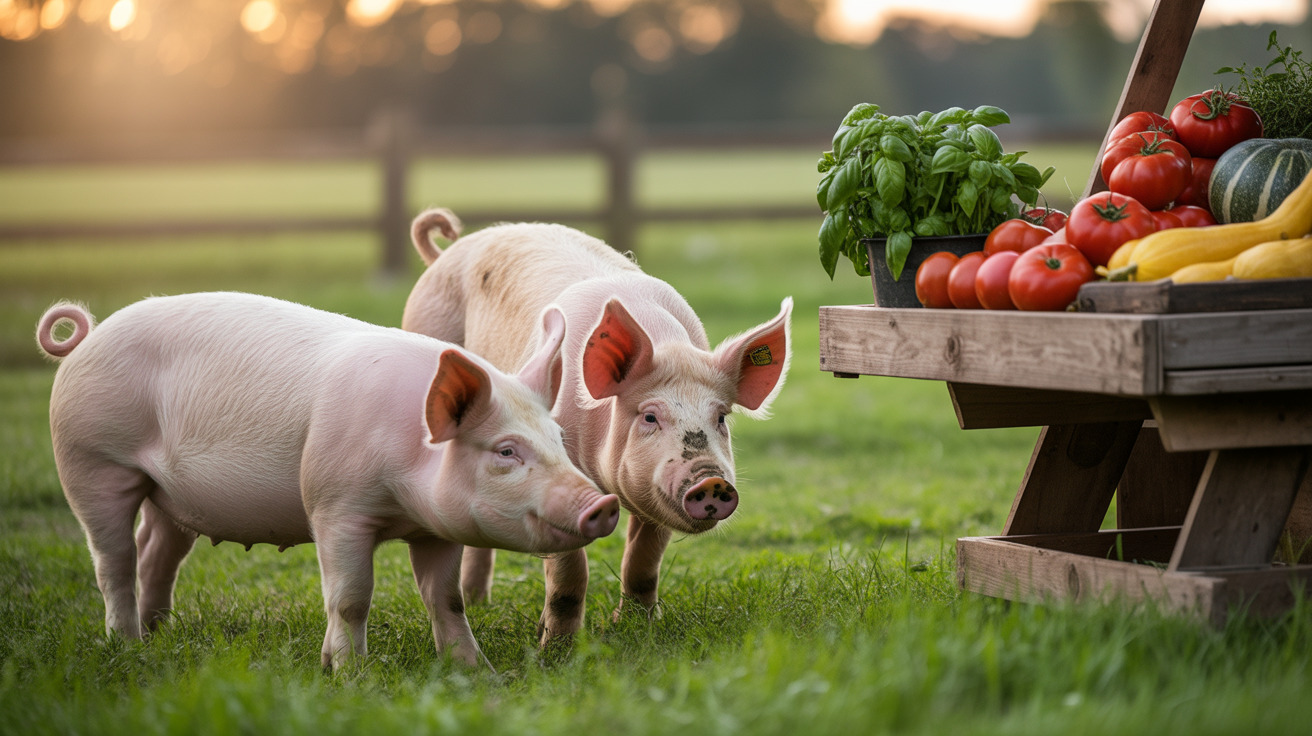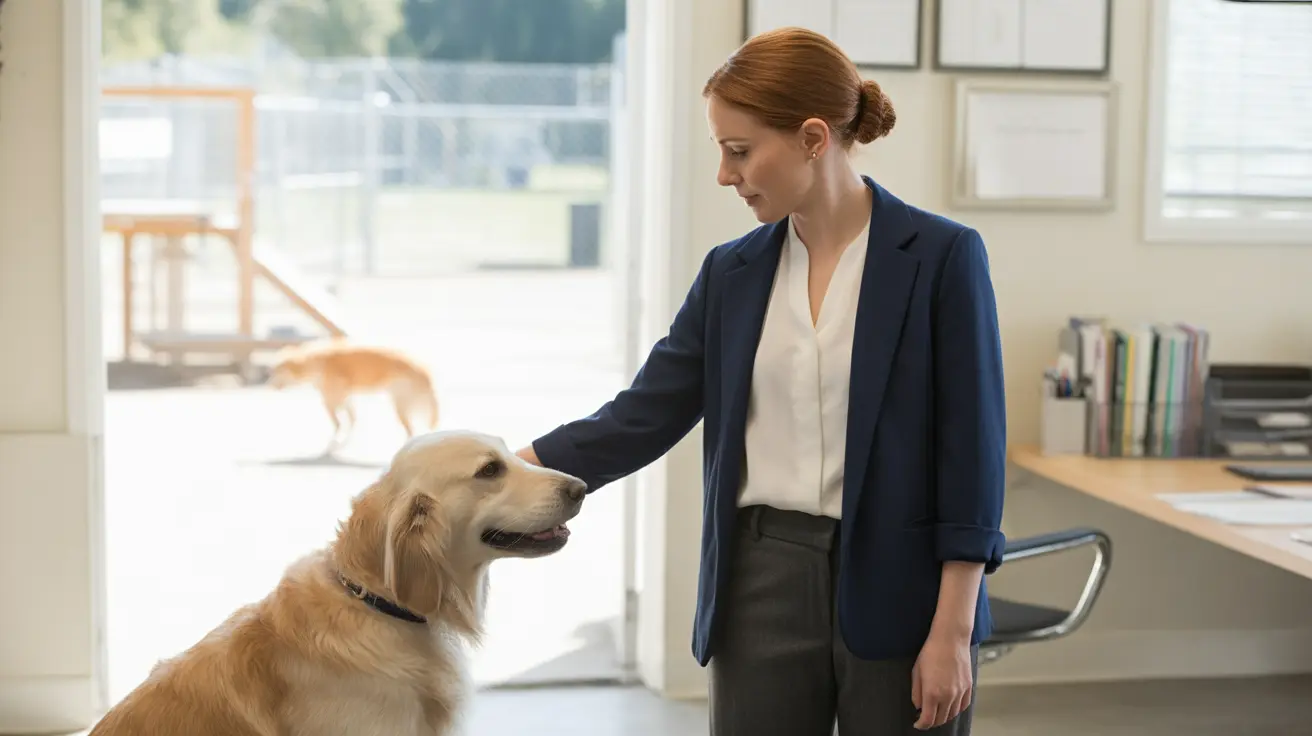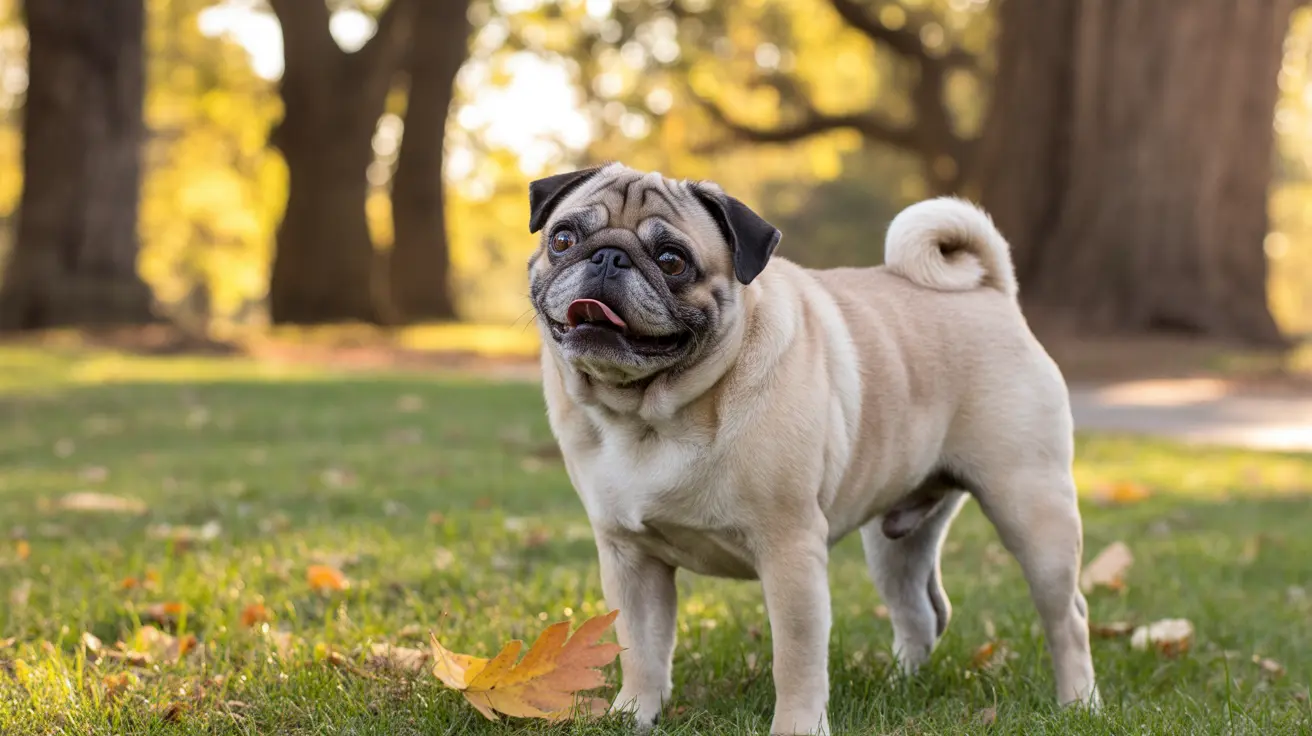If you've ever witnessed your dog making strange snorting or honking sounds while seemingly struggling to breathe, you may have encountered reverse sneezing. This phenomenon, medically known as paroxysmal respiration, is a common but often misunderstood respiratory event that can cause concern among dog owners.
While the sound and appearance of reverse sneezing can be alarming, especially for first-time pet parents, it's typically a benign occurrence. During an episode, dogs rapidly and forcefully inhale air through their nose, creating a distinctive snorting sound that's quite different from a regular sneeze. Understanding this condition is crucial for proper management and maintaining your pet's well-being.
Recognizing Reverse Sneezing Episodes
Reverse sneezing in dogs is usually unmistakable once you understand its tell-tale signs. Dogs undergoing an episode frequently exhibit certain behaviors and sounds:
- Standing still with extended neck and head tilted back: Dogs often freeze in place, elongating their necks and tilting their heads back in an effort to clear the irritation causing the episode.
- Flaring nostrils and closed mouth: You may see their nostrils widen as they inhale sharply while keeping their mouth closed.
- Distinctive snorting sound: The hallmark of reverse sneezing is a loud, repeated snort or honking noise, which can seem distressing to hear.
- Tense posture with outward-pointing elbows: Dogs might brace themselves with their elbows pointed outward, indicative of the effort required to breathe in.
- Normal behavior immediately after: After the episode, dogs typically return to normal almost instantly, resuming their usual activities without any lingering distress.
Recognizing these symptoms helps pet owners distinguish reverse sneezing from more serious respiratory conditions that require immediate attention.
Common Triggers and Risk Factors
Understanding what causes reverse sneezing can help in preventing or reducing episodes. Various environmental and physiological factors act as triggers for this phenomenon in dogs.
Environmental Factors
- Dust and pollen: Particles and allergens in the air often irritate a dog's nasal passages, leading to reverse sneezing events.
- Strong odors and perfumes: Intense smells from aerosols, fragrances, or cleaning products can provoke episodes.
- Household cleaning products: Chemicals and airborne irritants from home cleaning routines may trigger sensitive dogs.
- Sudden temperature changes: Moving between warm and cold environments can stimulate a sneezing reflex in some pets.
Physical Conditions
- Nasal inflammation: Swelling of the nasal passages due to allergies or infection may heighten sneezing frequency.
- Respiratory infections: Upper respiratory tract infections can irritate the nose and throat, increasing the likelihood of episodes.
- Soft palate spasm: Spasms of the soft palate, which lies at the back of the mouth, can cause these distinctive inhaling fits.
- Anatomical factors: Dogs with shorter noses, such as brachycephalic breeds like bulldogs and pugs, are more prone due to their airway structure.
Other Triggers
- Nasal mites: These microscopic parasites can cause repeated irritation and sneezing.
- Foreign objects: Occasionally, an object lodged in the nasal passage will trigger episodes until it is cleared or removed.
- Excitement or exercise: Increased activity or arousal can prompt fits in excitable dogs.
- Allergies: Sensitivities to certain substances, whether environmental or dietary, may manifest as reverse sneezing attacks.
Managing Episodes at Home
When your dog has a reverse sneezing episode, there are several actions you can take at home to help alleviate discomfort and reassure your pet:
- Remain calm: Dogs often react to their owners’ emotions. If you stay calm, your dog is less likely to become anxious, potentially reducing the severity of the episode.
- Gently massage your dog's throat: A light throat massage can help soothe irritation and interrupt the sneezing reflex.
- Briefly cover the nostrils: Temporarily (just for a second or two) covering your dog's nostrils can encourage swallowing, which often helps end the episode.
- Softly blow on your dog's face: A gentle puff of air can distract your dog and stimulate normal breathing patterns.
- Document episodes: Keeping a log of the frequency, duration, and circumstances of episodes can be helpful if you consult with your veterinarian.
Most episodes pass quickly, and your involvement can help make recovery even smoother for your pup.
When Professional Care is Needed
Although reverse sneezing is typically harmless, there are situations in which you should seek veterinary advice. Some warning signs include:
- Frequent or prolonged episodes: If episodes occur more often or last longer than usual, medical evaluation is recommended.
- Additional symptoms like coughing or nasal discharge: The presence of mucus, discharge, coughing, or other new respiratory symptoms may point to a more serious condition.
- Signs of respiratory distress: Labored breathing, blue gums, persistent open-mouth breathing, or collapse signal a potential emergency.
- Suspected tracheal collapse: Certain breeds are prone to this condition, which can resemble reverse sneezing but demands prompt treatment.
- Possible mass in nasal tract: If your vet suspects a growth or foreign mass, diagnostic investigation is necessary to ensure your pet's health and safety.
If in doubt, always err on the side of caution and reach out to your veterinary professional for further assessment.
Prevention and Long-term Management
While not all instances of reverse sneezing can be completely prevented, several habits and changes around the home may greatly reduce the frequency of episodes:
- Regular cleaning: Keep your home clean and free of dust, pollen, and other common dog nose irritants to minimize triggers.
- Avoiding known triggers: If you identify certain substances, activities, or environments that spark episodes, reduce your dog’s exposure whenever possible.
- Managing environmental allergens: Use air purifiers and avoid smoking or using strong chemicals near your pet.
- Veterinary check-ups for at-risk breeds: Schedule regular health assessments, especially for brachycephalic breeds or pets with a history of respiratory problems.
- Timely treatment of underlying conditions: Addressing infections, allergies, or other health issues promptly can reduce the risk of persistent episodes.
Proactive steps like these, combined with ongoing monitoring, help ensure your dog breathes comfortably and lives happily.
Frequently Asked Questions
- What is reverse sneezing in dogs?
Reverse sneezing is a reflex in which a dog rapidly inhales through the nose, producing a loud, repetitive snorting sound. This unique episode typically looks and sounds more alarming than it actually is. - What causes reverse sneezing in dogs?
Common causes include environmental triggers like dust or pollen, allergies, nasal mites, excitement, respiratory infections, and anatomical features, particularly in short-nosed breeds. - Is reverse sneezing dangerous for dogs?
In most cases, reverse sneezing is harmless and resolves on its own. However, if episodes are especially frequent or accompanied by other symptoms, veterinary care is advised. - How can I tell the difference between a cough and a reverse sneeze?
A cough involves the dog forcefully expelling air out, often with a hacking sound, while reverse sneezing involves rapid and intense inhalation, causing snorting or honking noises. - Which dog breeds are most prone to reverse sneezing?
Brachycephalic breeds such as pugs, bulldogs, and boxers, due to their unique airway structure, are more susceptible to this condition. - How long does a reverse sneezing episode last?
Most episodes are fleeting, often lasting less than a minute. Dogs typically return to their normal behavior immediately afterwards. - What should I do during my dog's reverse sneeze?
It's best to remain calm, gently comfort your pet, and consider techniques like throat massage or briefly covering the nostrils. Avoid panicking, as stress can make the episode worse. - When should I seek veterinary care for reverse sneezing?
If episodes are frequent, last more than a minute, occur in clusters, or are paired with other symptoms such as discharge or labored breathing, consult your veterinarian promptly. - Can reverse sneezing be a sign of a serious condition?
Rarely, persistent reverse sneezing can indicate underlying issues such as respiratory infections, polyps, nasal masses, or potential tracheal collapse that warrant further medical investigation. - Does reverse sneezing require treatment?
Most cases need no specific treatment, but your veterinarian may address underlying issues if episodes are recurrent or linked to health problems. - Can allergies cause reverse sneezing in dogs?
Yes, many dogs experience reverse sneezing triggered by exposure to environmental allergens like pollen, dust, or household chemicals, much like people experience hay fever symptoms.
Understanding reverse sneezing in dogs prepares pet owners to respond appropriately when episodes occur. While the condition usually doesn't require medical intervention and is self-limiting, being informed about the symptoms, causes, and appropriate home remedies ensures you can provide the best care for your furry friend. If you ever have concerns about your dog's respiratory health, always consult with your veterinarian for guidance and peace of mind.






